Different Types of Robots Shaping How We Age In Place
As populations age globally, the demand for care of the elderly is increasing. Studies have shown that mobile robots can assist seniors with daily activities
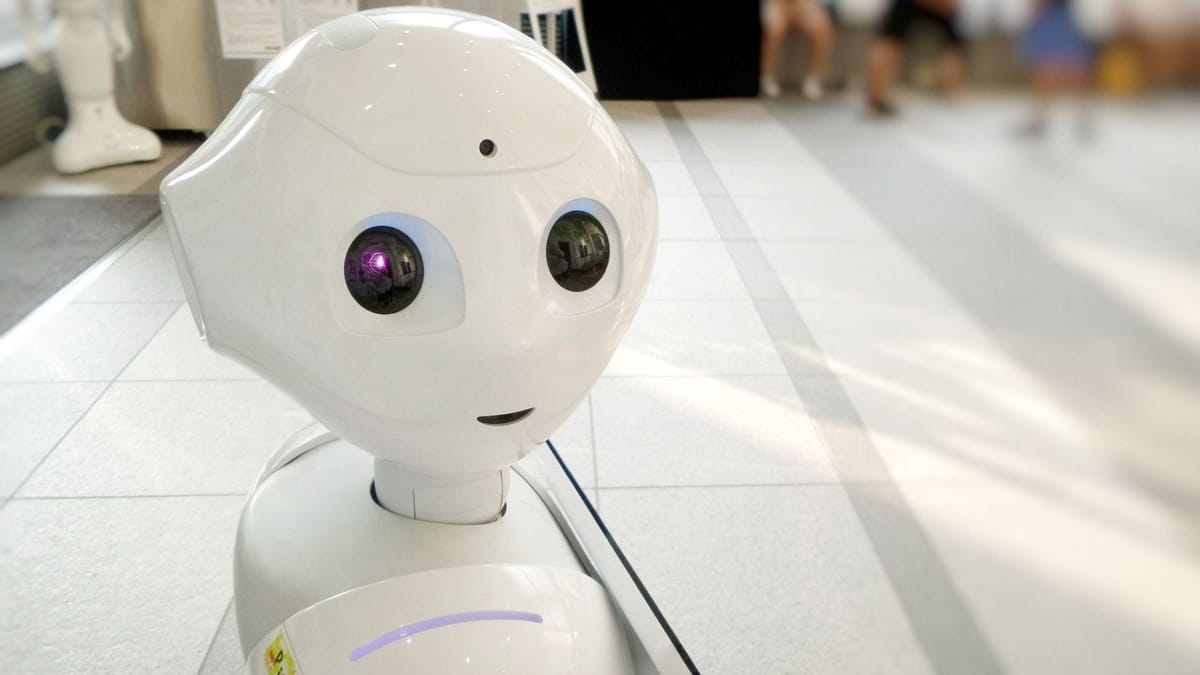
As populations age globally, the demand for care of the elderly is increasing. Luckily, assistive technologies with a variety of different types of robots have emerged to help older adults live independently. In this lesson, we'll review the types or robots designed for eldercare and aging in place.
Studies have shown that mobile robots can assist seniors with daily activities like reminders, household tasks, safety, and health monitoring. Not only can these robots improve the well-being of older adults, but they can also ease the workload of their caregivers.
Aging can pose challenges for physical and cognitive capabilities, leading to societal and economic pressures. However, advancements in Artificial Intelligence and growth in the robotics industry has made a variety of different types of robots an attractive option for promoting well-being and reducing the burdens of care. Robotic solutions come in many forms. There are industrial robots, humanoid robots, stationary robots, wheeled robots, and even swimming robots. We have accepted seeing flying robots, or drones in our lives, as people are receiving packages delivered. The future and types of robots being created are endless.
Robots come in different shapes and sizes, as well. There are spherical robots, spider robots, cylindrical robots and even humanoid robots. Of course, we have witnessed the mars rovers sending information from the international space station back to the the researcher scientists studying Mars.
Investment in care robots has been the focus for decades in countries like Japan, where the government has invested hundreds of millions of dollars to support the shortage of caregivers. The US health care sector also sees robotics and different types of robots possible way to save on future healthcare of an aging population. Robotics solutions are addressing reducing loneliness, help with household tasks, detecting fall risks, and remind users to take medicine and perform cognitive functions, among other tasks. With the youngest baby boomers hitting 65 soon, there's no doubt the different types of robots will play a vital role in eldercare and caregiving.
Let's talk about mobile service robots
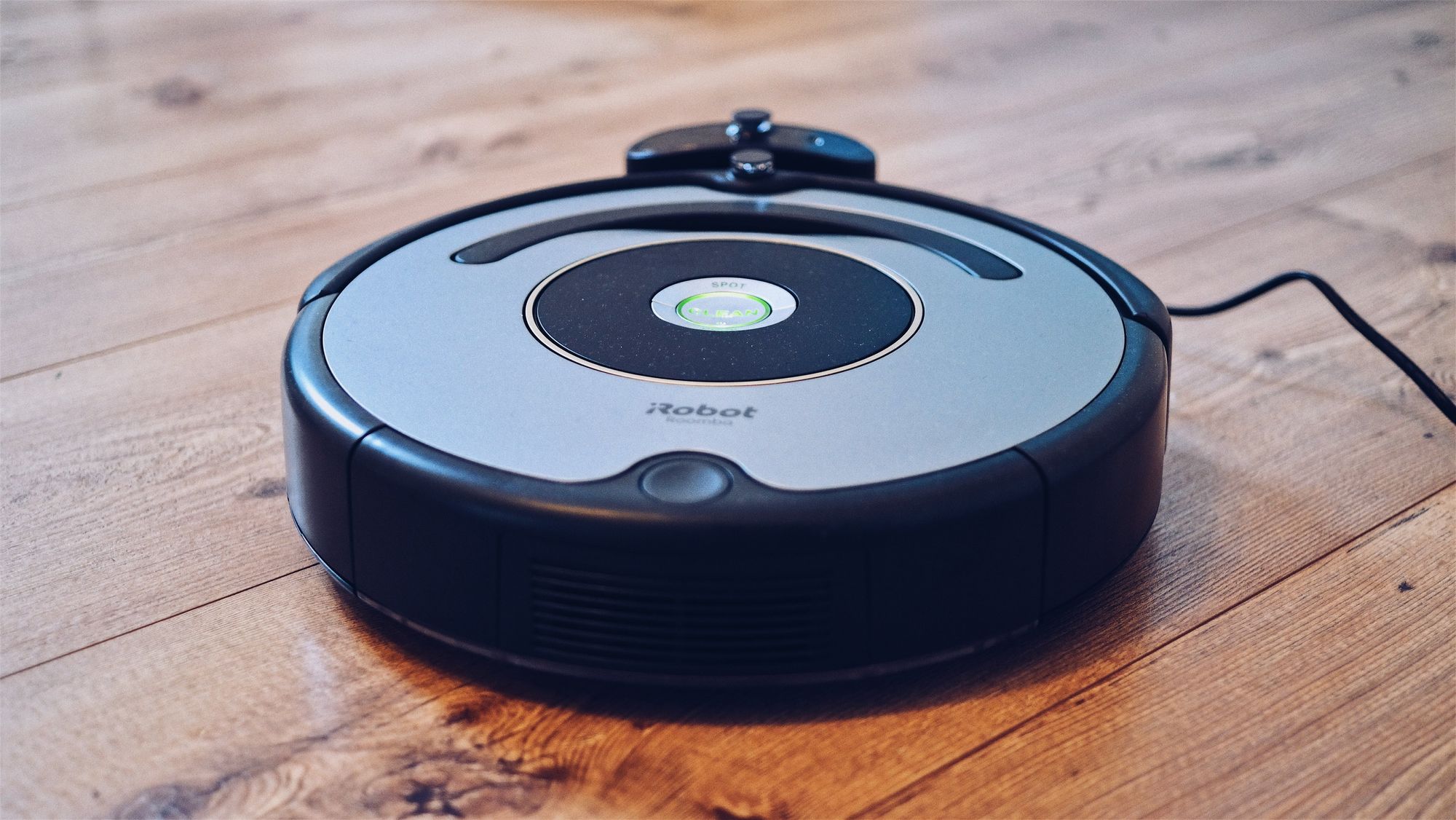
Mobile service robots are specialized robots designed to perform a variety of tasks in homes, businesses, and other locations. They can be used for basic tasks like vacuuming , we all know someone with a roomba. or mopping floors. more complex tasks such as delivering items, helping with meal preparation, or providing companionship. Mobile service robots can be pre programmed to respond to specific commands or to perform human like activities autonomously.
Meet Care O Bot a mobile social robot
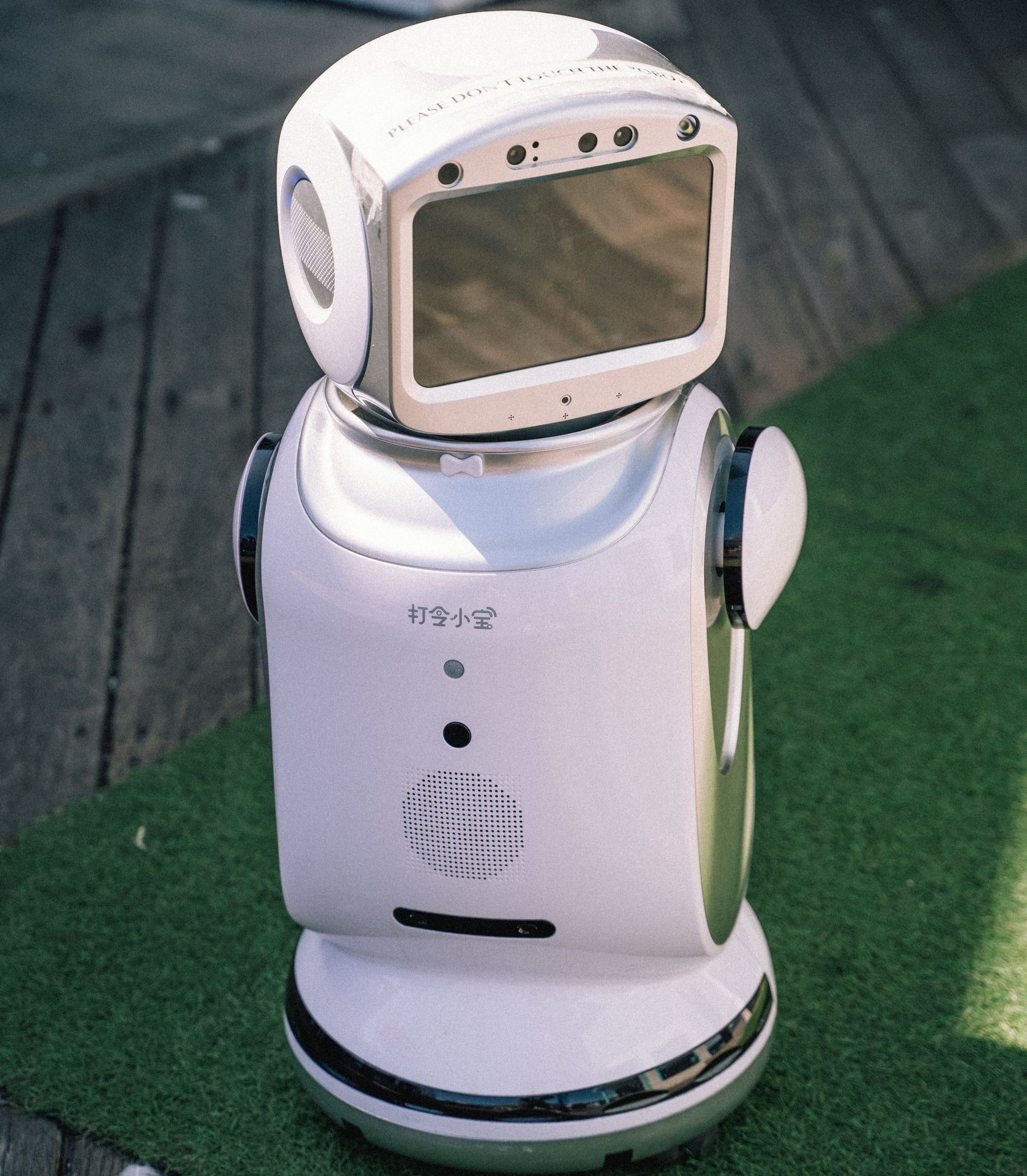
Looking for a robot that can do it all? Meet the Care-O-bot! Whether you need help with research, collection and delivery, security, or just a friendly face, this robot has got you covered. Equipped with sensors and modules for safe navigation, as well as the ability to speak and recognize human gestures, the Care-O-bot can assist with a wide range of tasks. And with a touch screen on its head, stereo cameras, and a 3D sensor to explore its surroundings, the Care-O-bot 4 is the latest and greatest in the line of these Robot Operating System-based robots. Plus, with over 20 years of development and testing, the Care-O-bot has a proven track record of high acceptance among users. So if you're looking for a versatile and capable robot, look no further than the Care-O-bot!
Meet Robovie
Meet Robovie, the incredible human-like robot designed by Japan's Advanced Telecommunications Research Institute (ATR) to interact with humans. This impressive robot boasts 2 control arms that function as a human arm, 16 skin sensors, 24 ultrasonic sensors for obstacle detection, 10 tactile sensors, 2 microphones, and vision sensors, allowing it to mimic human behavior.
With a battery life of 4 hours and pan-tilt eyes for stereo vision and gazing control, Robovie-II has a range of applications, including serving as a companion for the socially isolated, providing daily greetings and chats, giving encouragement during complex tasks, assisting in human like activities such as shopping, and carrying objects and other tasks. .
Research has shown the benefits of Robovie, in a nursing home environment with elderly or in science museums reports high positive scores for visitors' interactions with the robot. Qualitative studies have also been conducted on the acceptance rate of mobile social robots, with the majority giving affirmative reviews on Robovie-II's abilities and performance.
Human Users have praised the emotional support and chatting capabilities of Robovie, expressing enjoyment and appreciation for the interactions they had.
I get a giggle at thinking we are creating a new mental health condition. Negative attitudes towards robots and communication avoidance behaviors have also been evaluated, leading to the development of two psychological scales: the Negative Attitudes towards Robots Scale (NARS) and the Robot Anxiety Scale (RAS). I guess a machine tending to interact with humans and doing a variety of different tasks, causes suspicion at times.
In addition, they found gender differences affecting negative attitudes and communication avoidance behaviors towards the robot have also been studied. Overall, Robovie is a fascinating machine that continues to break new ground in interactive technology. Learning about all these different types of robots, will help you make an informed decision on the best caregiving robot for you or your family member.
Let's Meet Pearl
Meet Pearl - an autonomous robot designed to assist seniors with their daily challenges like reminders and environmental guidance. Developed by Carnegie Mellon University as part of the Nursebot project for the healthcare industry, Pearl boasts a range of features including autonomous navigation, speech recognition, face detection, compressing images for better online video streaming, and more!
Users interact with Pearl via speech and a touch-screen graphical display, while a range of sensors including laser rangefinder, sonar sensors, and microphones enable this robot to navigate and operate in its environment and perform a specific task.
Pearl also has Autominder - a reminder software system that monitors daily plans and schedules and makes adjustments as required. While Pearl's software doesn't use a camera for privacy reasons, as it is used in a hospital environment, its design is robust and practical, with real-life testing demonstrating its feasibility of use.
Although there were some challenges such as adapting the movement of the robotic arm and Pearl to a user's pace and voice level, basically to mimic human behaviors. Based on appearance and social behaviour found that people were willing to engage with this helpful robot.
What is a Personal Robot?
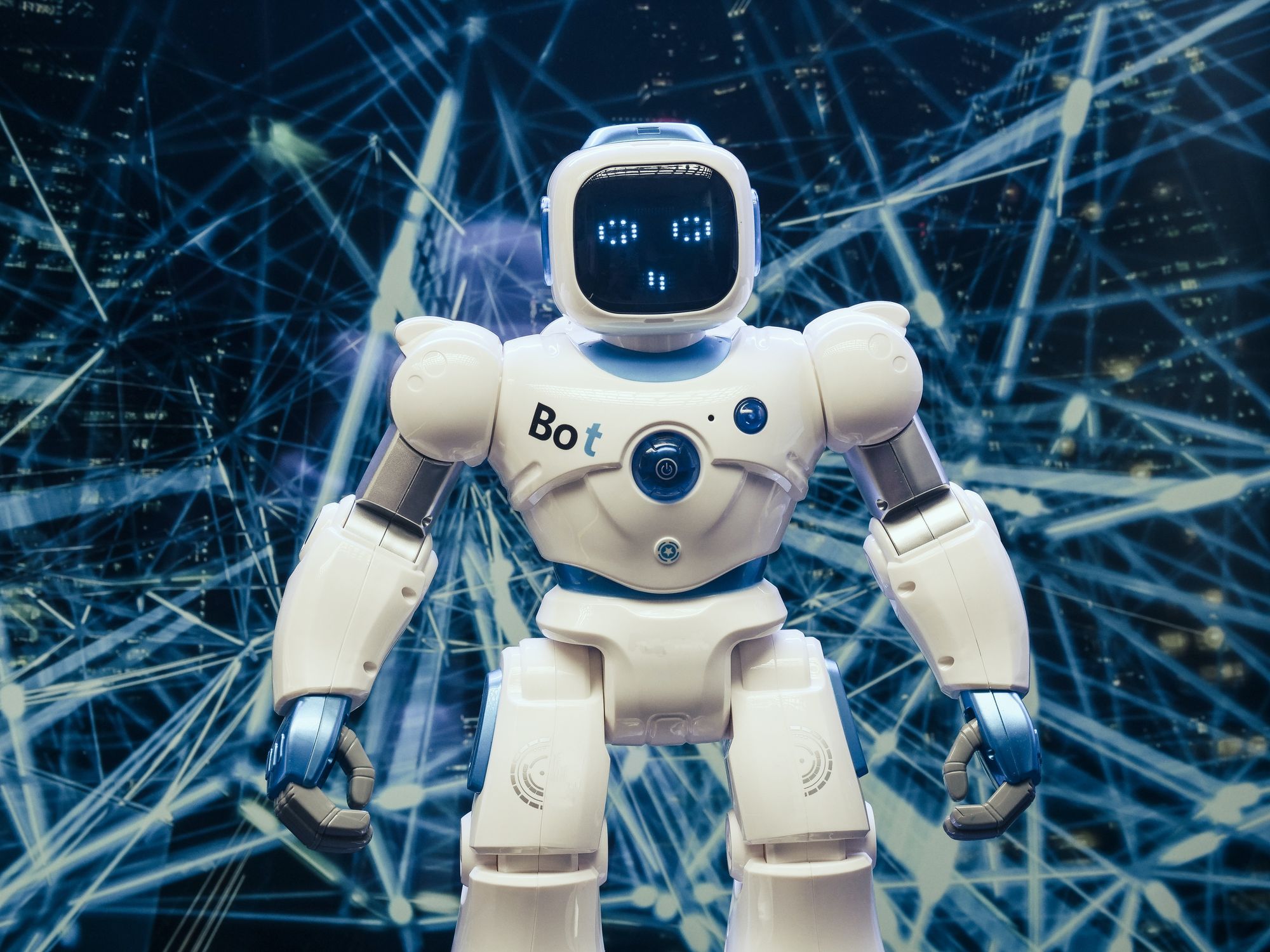
A personal robot is any type of robot that is designed to interact with a human user. These robots come in a variety of shapes and sizes and can be used for a number of purposes such as providing companionship, helping with everyday tasks, or even providing therapy and doing exercises. Personal robots are becoming increasingly popular among seniors who want to remain independent while aging in place.
Meet CareBot4U
Have you heard of Care-O-bot 4? These are articulated robots, with dual robotic arms and cool spherical joints that allow for 360-degree rotations of its head and torso. What's really impressive is its modularity - the robot's movement is assembled from five different modules that can be swapped out depending on what you need. Want a wheeled base? No problem. A fancy sensor ring? You got it. It is like getting a new robot every time you make a change.
The robot can even be equipped with control arms or no arms at all, making it perfect for a variety of applications. Plus, it's been designed with social interaction in mind, so Care-O-bot 4 is just as friendly and affable as a gentleman butler. I am sure he is not as personable as Rosie , the Jetsons humanoid robot. CareBot4U, which is a robotic system designed to provide therapeutic activities for seniors in the home, such as cognitive training.
Meet Willow
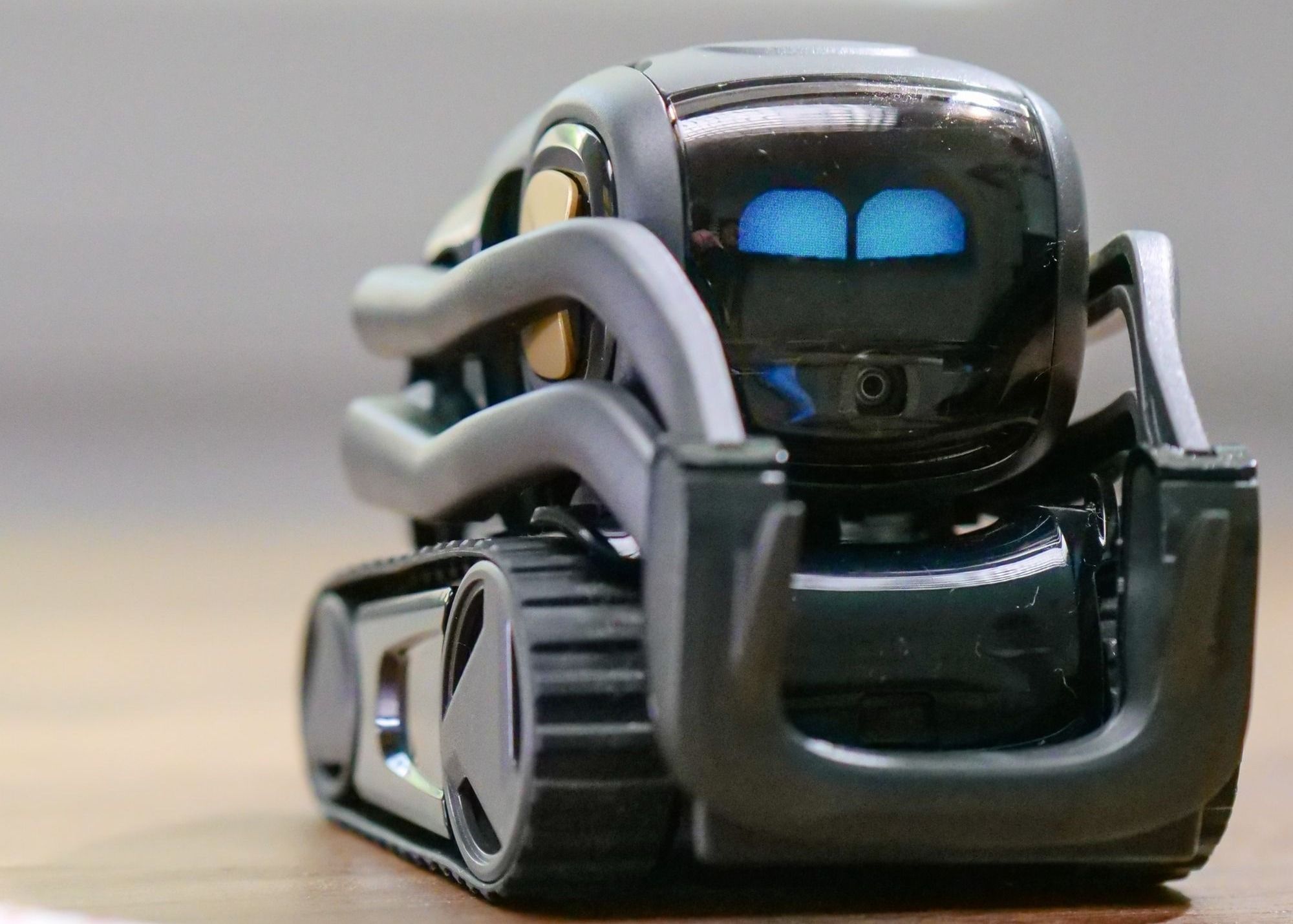
Introducing Willow, the all-around personal robot you've been waiting for! Say goodbye to boring household chores and hello to a reliable companion that can do it all.
With Willow, you won't need to worry about the hassle of setting up wires or perimeter cables when it comes to lawn mowing. Willow can handle it all on its own, while also shredding and collecting leaves, guarding your property at night, and even sweeping your patio.
But wait, there's more! You can easily train Willow to learn new tasks using your phone or computer. Say goodbye to the days of struggling with household chores and welcome Willow into your home. New robots are being created everyday to make housekeeping, cooking , gardening and other tasks.
Let's look at Companion Robots and Robotic Pets
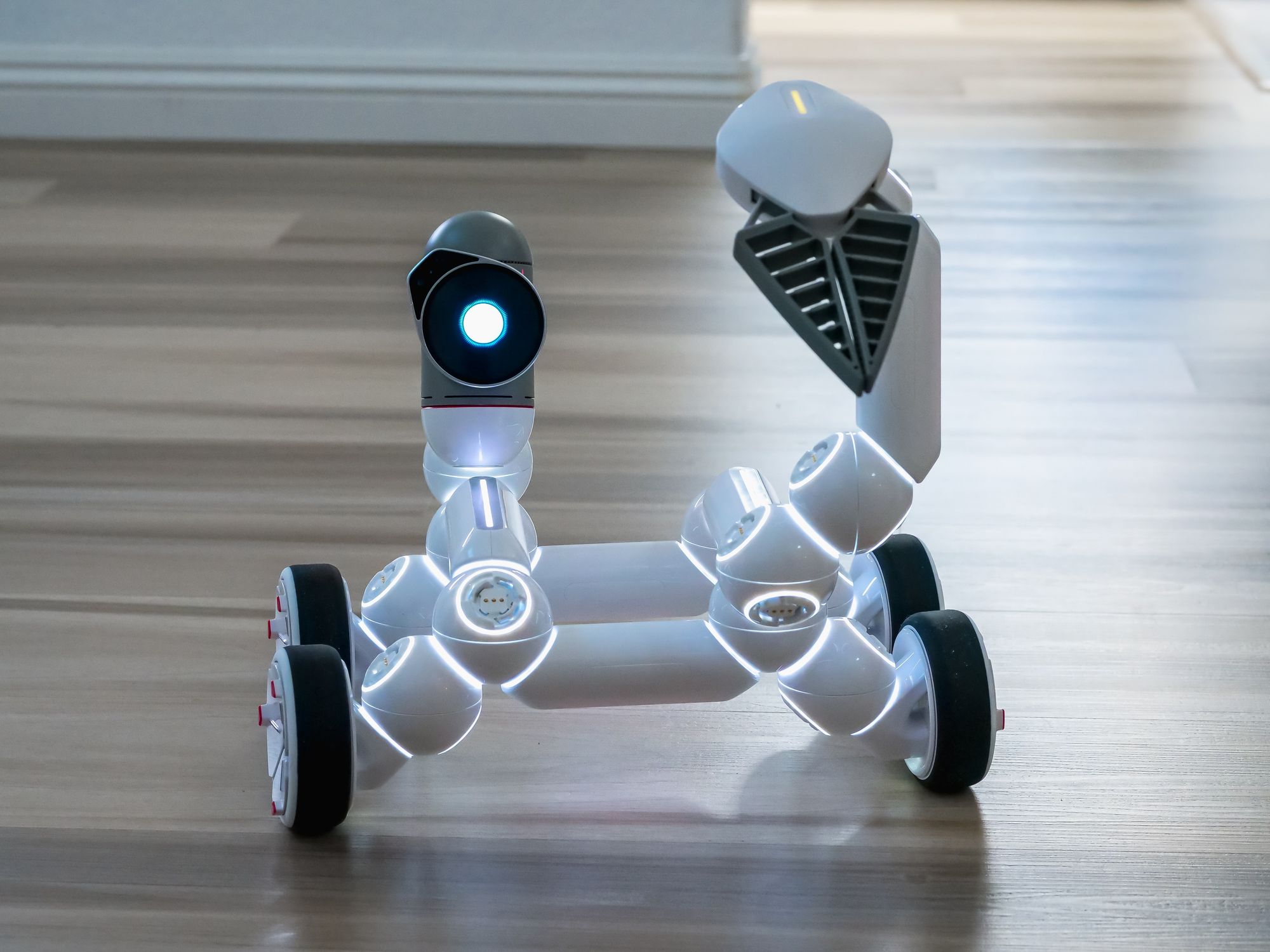
A companion robot is any type of robot that can provide companionship and emotional support to its user. These can be pre programmed robots to that respond to voice commands, perform tasks autonomously, and even recognize human faces and facial expressions or emotions. Companion robots are becoming increasingly popular among seniors who may be feeling isolated or lonely while aging in place.
Popular examples of companion robots include LOVOT and Olly.
Meet LOVOT
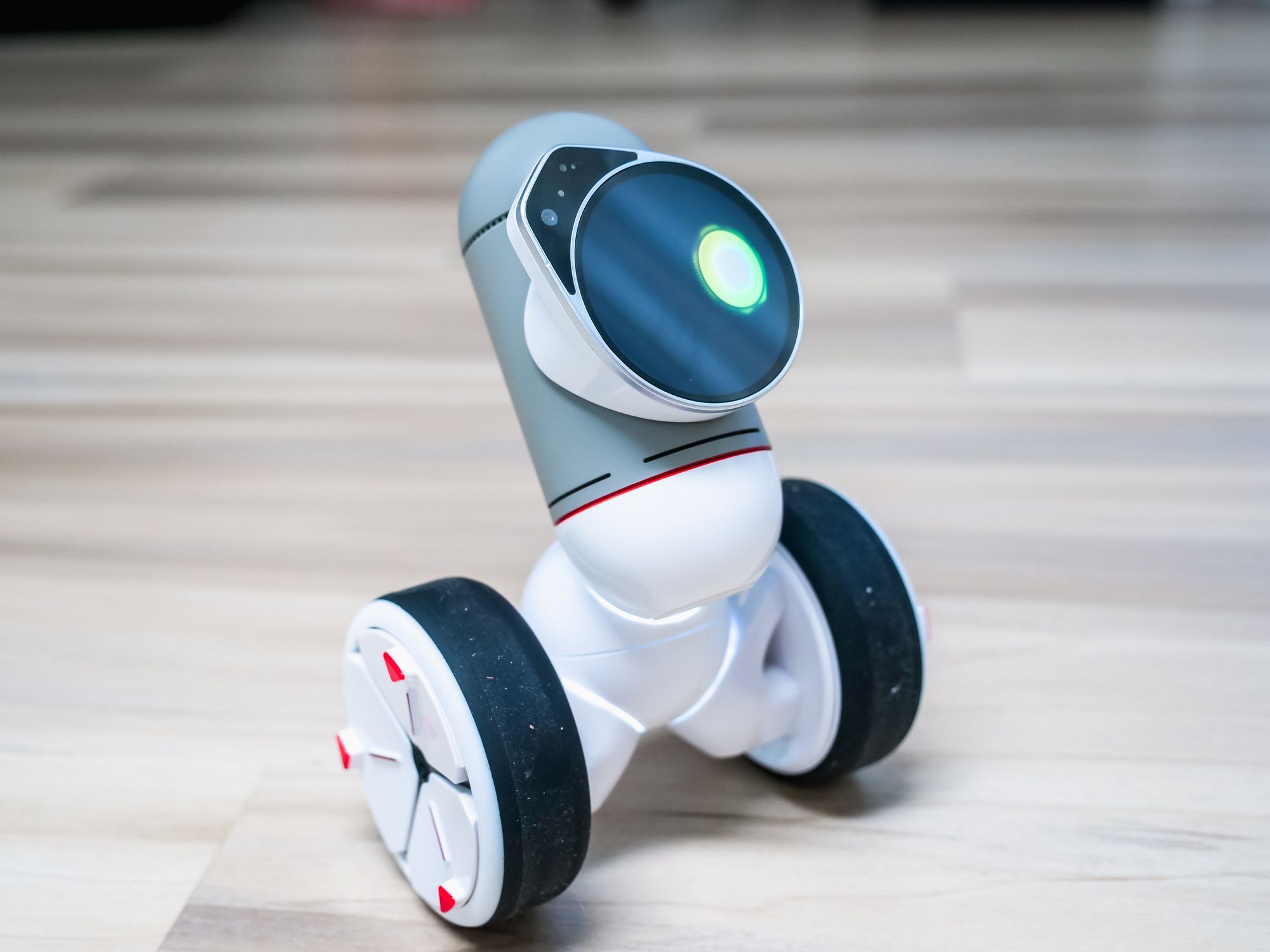
Have you met the Lovot? It's not your typical robot. This little mechanical device was created with just one purpose – to make you feel loved and happy. And it does so with an amazing level of emotional awareness. The Lovot can sense your mood and respond accordingly, providing you with caring companionship. It's like having a little buddy who wants nothing more than to see you smile.
But what sets the Lovot apart from other robots is that it doesn't rely on programming or human movements to decide what action to take next. With over 50 sensors on its body and cutting-edge machine learning technology, the Lovot can process stimuli in real-time and react accordingly. It observes external influences and responds. From its six-layer eye display to its soft skin and flexible shoulders, every aspect of the Lovot was designed to promote "skinship", which refers to the closeness felt between a mother and her child.
So don't be surprised if you find yourself touching and embracing your Lovot, or even just watching it as it moves around the room. You'll feel relaxed, happy, and maybe even a little like you're in love. And that's because the Lovot wasn't created to enhance efficiency or convenience – it was created to enhance our ability to love. This is an example of what every senior needs in their life. Happy and helpful, capable of lifting spirits.
Meet Olly
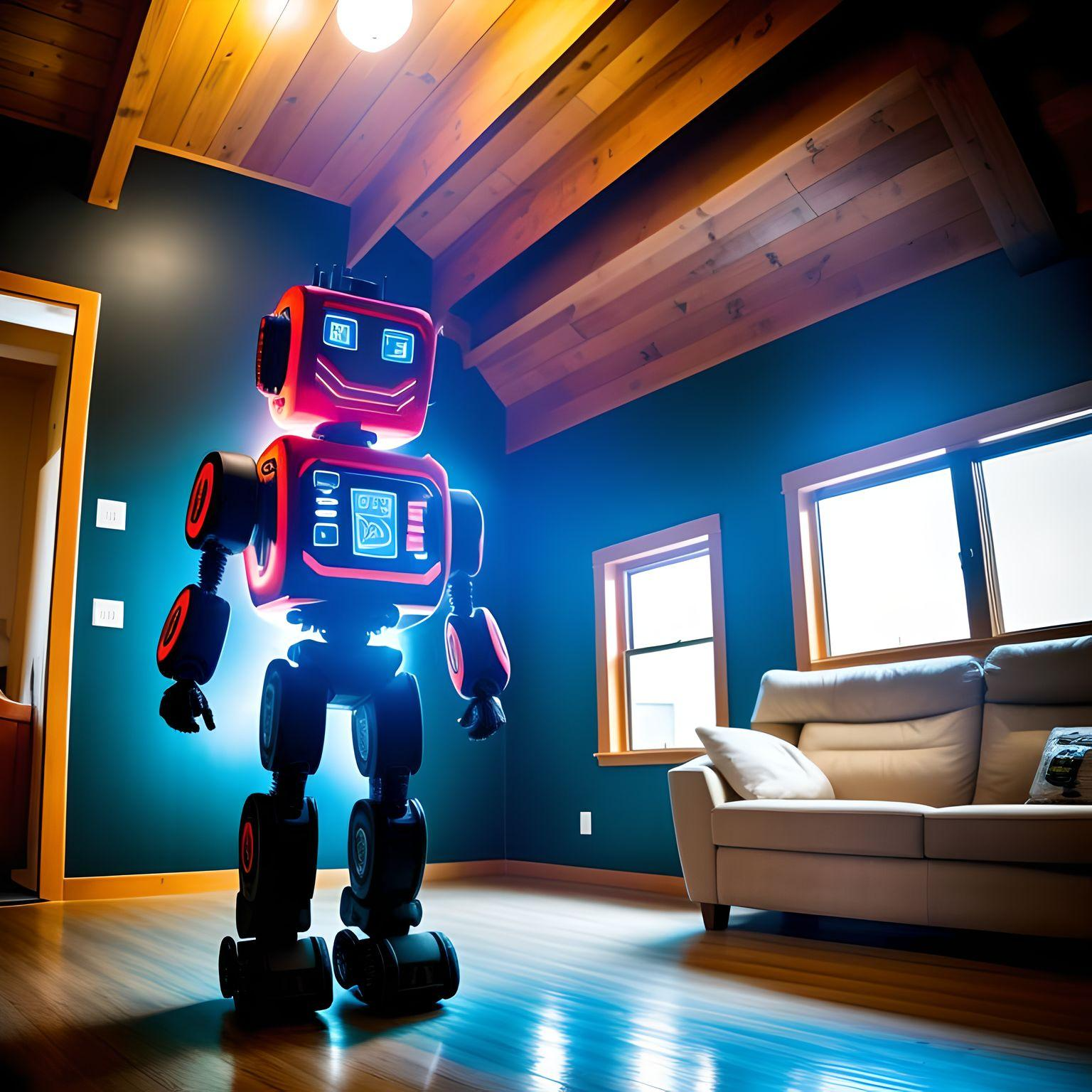
Meet Olly, the first-ever home robot that adjusts its personality to suit your preferences - it's like having a companion robot with feelings! Olly is not your average robot that simply responds to commands; rather, it's a proactive assistant that helps you with your daily routine by remembering your habits and setting reminders using advanced machine learning technology. The good news is that Olly is equipped with an AI system that Emotech’s AI researchers and neuroscientists developed, which allows it to understand your loved one’s patterns and schedules.
This allows it to anticipate their needs and act without being prompted. Olly is incredibly intelligent and can learn user-defined and contextual awareness as well as external influences to provide a personalized experience through emotional understanding and real-world adapting.
Here's an example. Ask Olly about the weather in the morning, and it will remember it and inform you what the next morning's forecast is. Olly is one of the leading companion robots available in the market as it's one of the most affordable, convenient, and advanced robotic devices.
Meet PARO a Robotic Pet
Meet PARO, the robot pet. It is changing the game for nursing home and dementia patients around the world . No longer do patients or staff need to worry about live animals, PARO provides a realistic and interactive experience for all involved. Research shows PARO reduces stress and encourages interaction, which is important for any medical journey.
Not only is PARO advanced in its technology, with five different sensors, but it's also incredibly smart. It can recognize light and dark, petting, and even the direction of a voice. But what's even more impressive is its learning capabilities. PARO can learn the voices of specific individuals and adjust its behavior accordingly.
Of course, quality comes at a price, and PARO is a highly regarded medical device. However, it could be a small price to pay for the positive impact it has on patients and caregivers. I will tell you I met PARO over 10 years ago. I instantly fell in love with its sweet face and big eyes. There is a growing industry of robotic pets, dogs and cats. I always recommend a robotic pet for a person with dementia that loves animals. It meets their needs to love and care for something, without having to walk and feed it. All it needs is love and companionship.
What is a Cognitive Assistive Robot? Medical Robots
Do you know about social robots and how they help people with dementia? These robots come in different types, ranging from pet robots that provide emotional support to assistive and humanoid robots that help with daily activities. There are even telepresence robots that can provide remote support and medical treatment.
Research shows that pet robots, like PARO, can significantly reduce behavioral and psychological symptoms in people with dementia.
. This information can help provide better support and improve the quality of life for those with dementia.
Meet Bandit
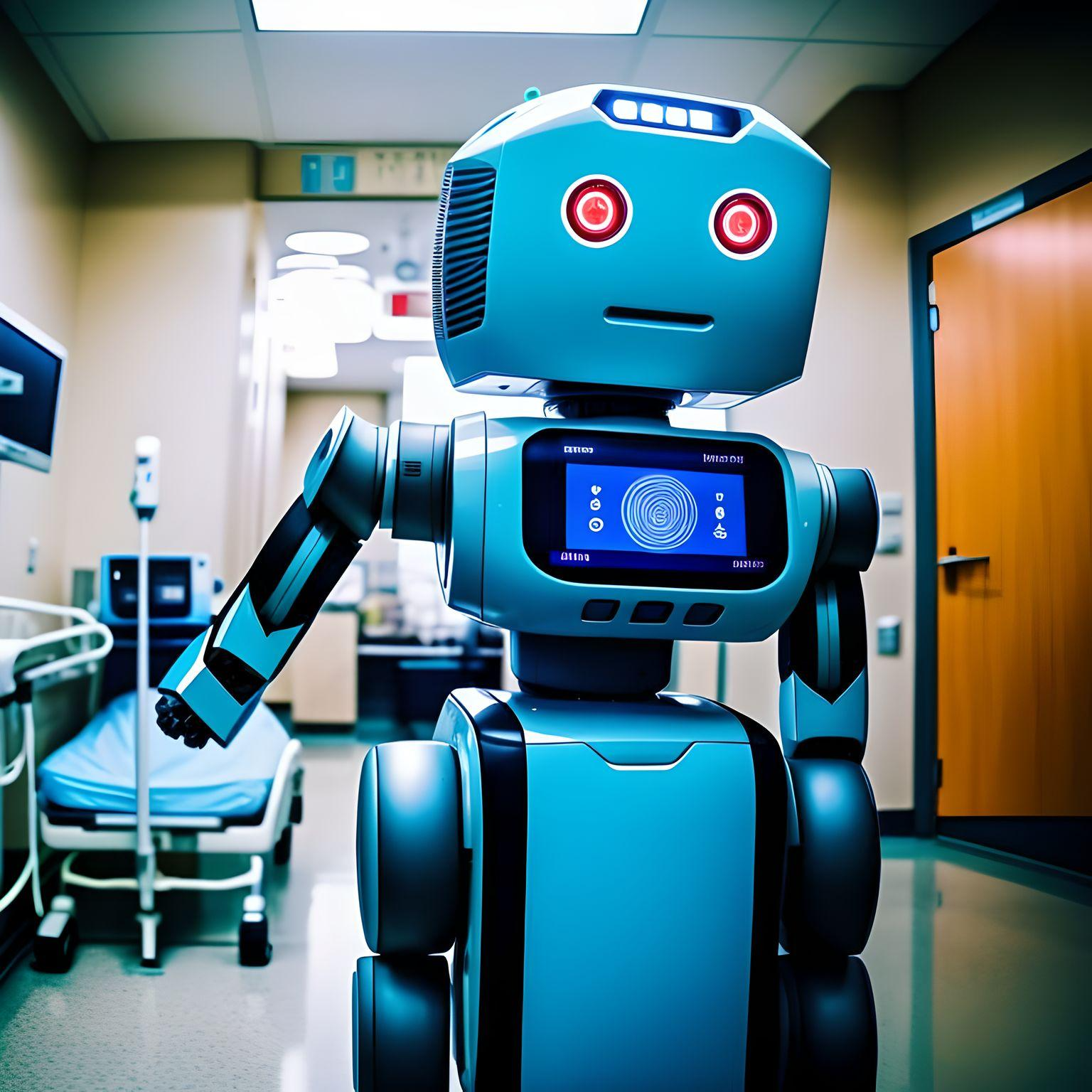
One example of a medical robot is the Bandit robot, which can help people with dementia recall memories and events. The Bandit robot features a tablet-like screen that is used to display images and videos related to topics of conversation. By using this interactive technology, seniors with dementia can stay engaged in meaningful conversations and activities.
Meet Health Bot
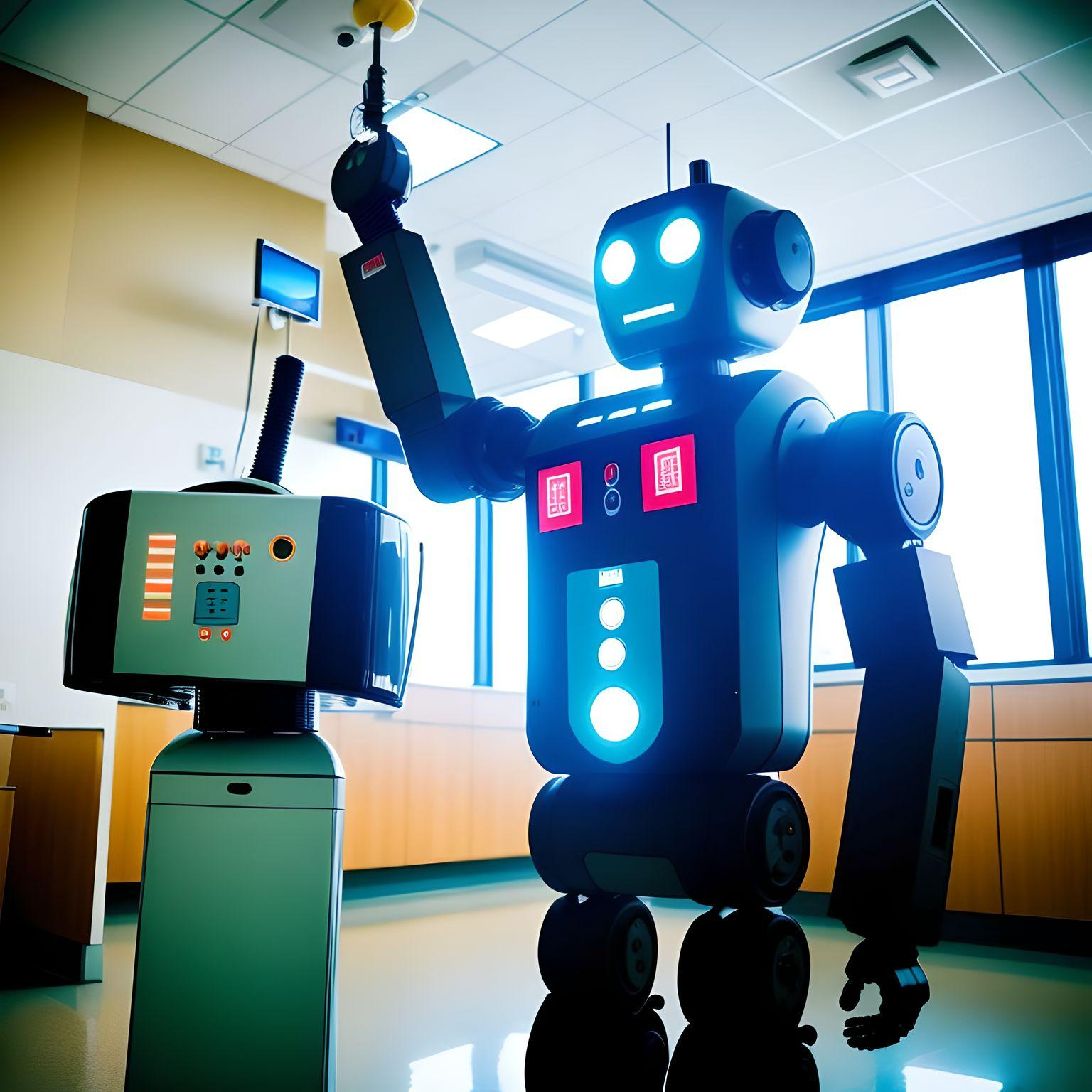
Have you heard of HealthBot? It's a joint project between the University of Auckland, ETRI, and Yujin Robot, aimed at creating healthcare robots for aging populations and caregivers. This multipurpose service robot can remind you to take your medication, detect possible falls, and even measure vital signs like blood pressure and glucose levels.
With a range of features, including a touch screen and USB ports, the HealthBot interacts with users through speech, visual cues, and movements. And it's not just us that love it - it's highly rated by aging seniors and staff at retirement centers. Studies show that users find HealthBot easy to use and reliable, while entertainment services like music videos and quotes help keep them engaged.
Meet Pepper
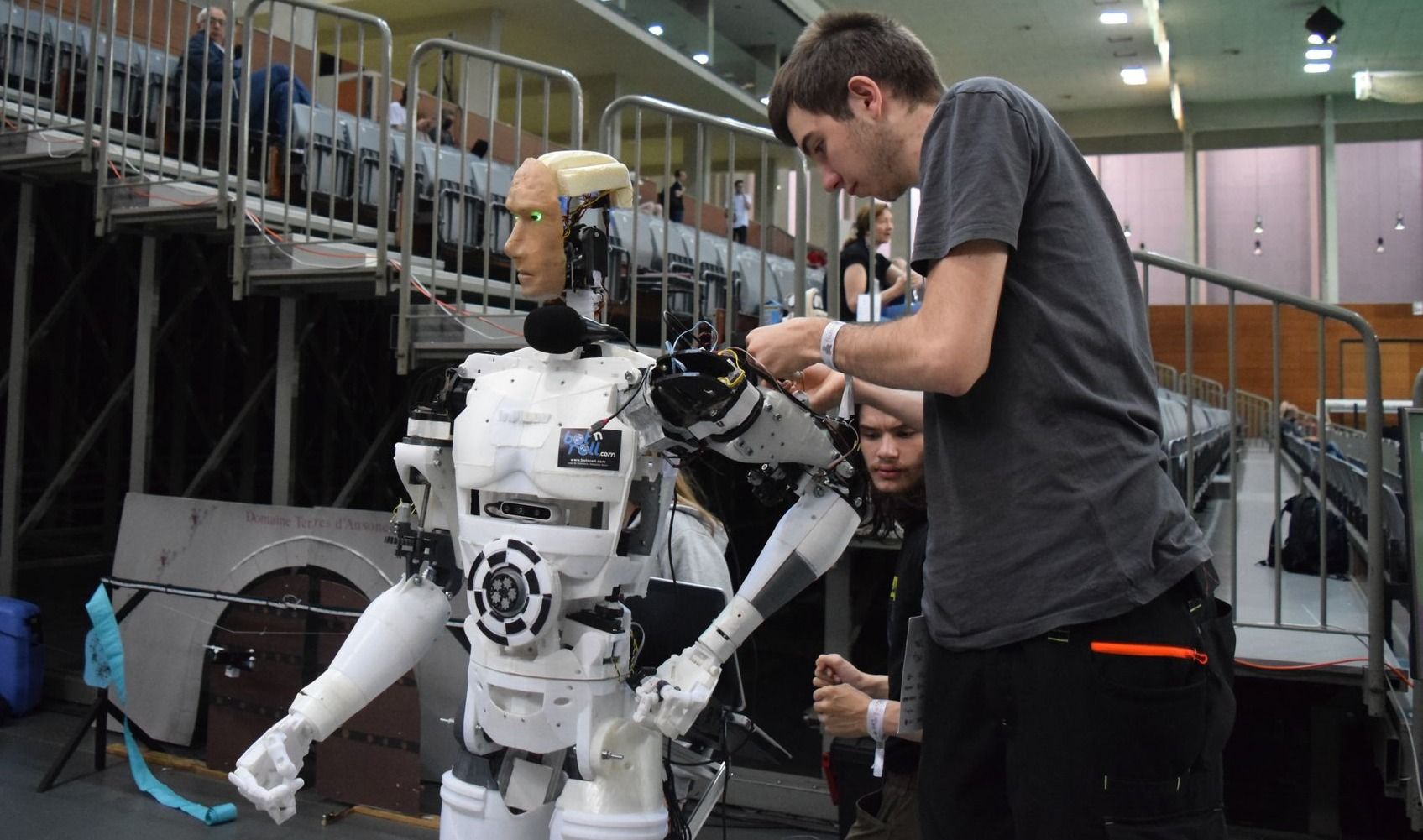
Meet Pepper, the interactive humanoid robot developed to help elderly dementia patients boost their short-term memory retention. Pepper is a therapy robot that encourages patients to physically and mentally exercise through a sequence of arm and upper body dance moves while adjusting to the patient's abilities, thanks to its machine learning technologies.
This robot will be a valuable addition to assisted living homes, providing a cost-efficient solution that reduces the need for human therapy interaction. Groundbreaking research shows that humanoid therapy robotics looks promising for older adults to improve their cognitive retention and independence. Through Pepper's promising technology, they hope to change the lives of dementia patients.
Summary
Hey, did you know that older folks are actually pretty cool with using social robots as a way to care for their social group? It's true! In fact, when they got a chance to interact with one, they rated it positively in all assessed areas. However, it's still kind of hard to imagine a robot taking the place of a human caregiver - but with more opportunities to interact with the machine, we can better understand what features and functions it should have to be most effective.
And hey, we should keep researching and seeing how different groups feel about the different types of robots. Who knows? We might learn something new about how they can help improve lives as we age in place.
You might also like this article:
Our Resources section can help you find the information and tools that you need. We have courses, videos, checklists, guidebooks, cheat sheets, how-to guides and more.
You can get started by clicking on the link below. We know that taking care of a loved one is hard work, but with our help you can get the support that you need.
Click here to go to Resources Section now!





